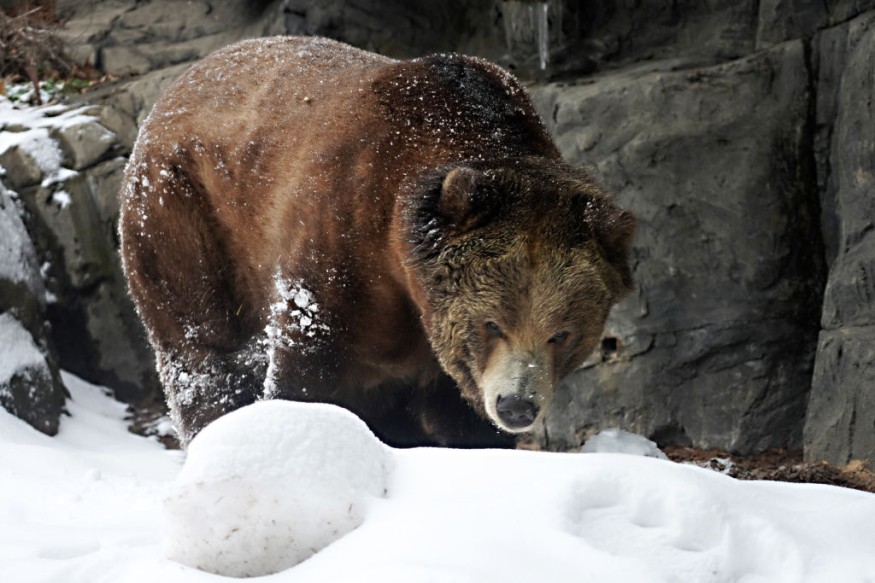
Biologists believe that roughly 200 bears feast on army cutworm moths each year in Canada.
Each gram of moth has around eight calories, implying that some bears can consume up to 40,000 each day.
The army cutworm moth appears drab from a distance and is relatively large, measuring half the size of a thumb.
Every summer, hundreds of millions of moths migrate to mountain summits, some journeying more than 1,000 miles from as far away as Canada's Northwest Territories.
Understanding Moth's Life Cycle
Scientists are working to better understand the moths' life cycles, migratory routes, and health, as their destiny may be entwined with that of their much larger predators.
Humans are increasingly flocking to the most popular and easily accessible moth places to witness the sight, only to scare the bears away, depriving them of vital calories.
The climate problem also threatens high-mountain ecosystems, which rely on numerous wildflowers nourished by deep snowpack.
The ability of hundreds of millions of moths with inch-and-a-half (40mm) wingspans to migrate such great distances appears nothing short of remarkable.
"They're actually sophisticated navigators and flyers and can make use of preferential winds," says Clare Dittemore, an entomologist who studied the moths at Montana State University in Bozeman.
Researchers believe that the army cutworm moth population is healthy and that because they travel from as far east as the Missouri River and as far north as the Northwest Territories, no localized concern, such as pesticide use or flooding, may trigger a population crash.
Read Also : Feeding Bears Like Carnivores Could Kill Them
Previous Reported Cases
Frank van Manen has spent decades researching bears. Grizzly bears eating on moths, weird as it may sound, did not surprise him.
In fact, Van Manen was part of a team that discovered in 2014 that bears consume around 266 different forms of food, including 175 different types of plants, 34 different types of animals, seven different types of fungi, and even dirt.
They hunt elk and moose calves expertly and will happily graze on winter-kill carcasses, hornets, thistles, or clover.
"When you look at their diets, there are some bears that have an 80%-plus vegetative diet and some bears, like large adult males, where 60% to 80% of their diet is meat," Van Manen says.
Grizzly bears used to traverse the whole western half of North America, from Alaska to Mexico and from California to Oklahoma. They sat under plum trees along the Missouri River, followed migratory bison through the Great Plains, and ate prickly pear fruit in the southwest deserts.
However, as Europeans pushed throughout the west in waves in the 1800s, they murdered grizzlies for their pelts and claws, as well as to protect livestock. By the mid-1970s, there were only about 800 bears left in the lower 48 states.
The population has dwindled over the past few decades as a result of increased public awareness and protections secured under the Endangered Species Act. Today, there are approximately 2,200 grizzlies in Montana and Wyoming, with smaller populations in Idaho and Washington.
What the bears eat has frequently been at the focus of the debate, and tracking those food sources is critical to determining the creature's future.
And, despite their small size, moths contribute vital energy during the bears' summer eating.
Females who are pregnant with cubs must have at least 20% body fat before going into hibernation in order to effectively procreate.
By winter, some bears will have gained 30% or more of their body weight. They begin accumulating reserves in early June, and by July, army cutworm moths with up to 65% body fat begin to arrive in the mountains.
Van Manen dubbed them "lipid chiclets" because they are so fatty.
Related Video:
© 2025 NatureWorldNews.com All rights reserved. Do not reproduce without permission.





